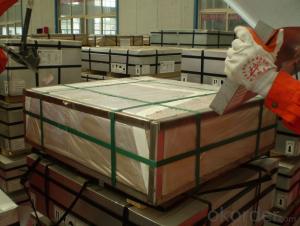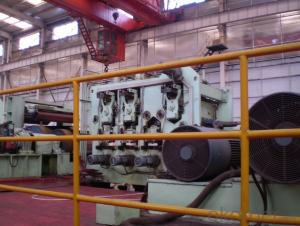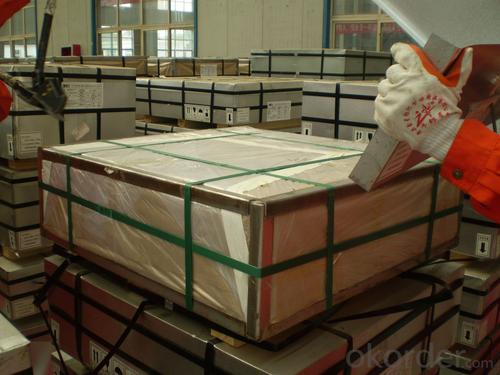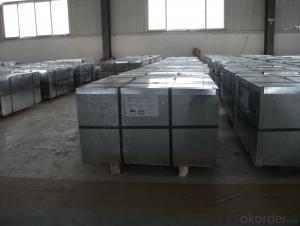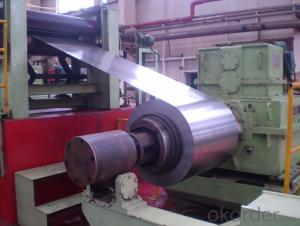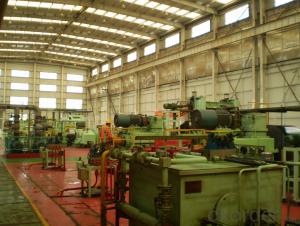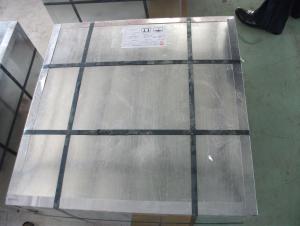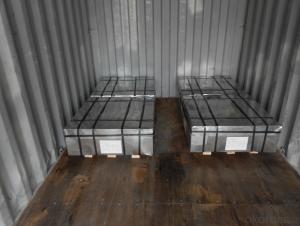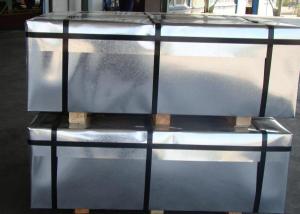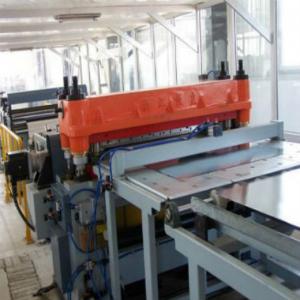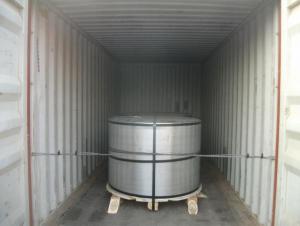TINPLATE OF Prime Good or Secondary Quality
- Loading Port:
- China Main Port
- Payment Terms:
- TT OR LC
- Min Order Qty:
- -
- Supply Capability:
- -
OKorder Service Pledge
OKorder Financial Service
You Might Also Like
Our Tinplates Specification:
Standard: ISO 11949 -1995, GB/T2520-2000,JIS G3303,ASTM A623, BS EN 10202
Material: MR,SPCC
Thickness:0.15mm - 0.50mm
Width: 600mm -1150mm
Temper: T1-T5; DR8 - DR10;
Annealing: BA & CA
Passivation:311
Oil: DOS
Surface: Finish,bright,stone,matte,silver
Packing:
1、For sheets: plastic or waterproof paper, metallic cover and angles, steel strips,wooden pallet.
2、For Coils: plastic or waterproof paper,plastic protect plate,steel strips.
Coil Inner Diameter: 508mm
Weight: 6-10 tons/coil
Application: widely used in every kinds of packing cans,such as tea packaging cans, painting packaging cans, chemical packaging cans and dry food packaging cans; and also mechanical parts
Both Prime and Second Quality Are Available!!!
- Q: What are the main suppliers of tinplate?
- The main suppliers of tinplate are usually large steel manufacturing companies that have the capability to produce and coat steel sheets with a thin layer of tin. Some prominent suppliers include companies like ArcelorMittal, Nippon Steel Corporation, Tata Steel, and POSCO.
- Q: What are the main applications of tinplate in the furniture industry?
- Tinplate is widely used in the furniture industry for various applications such as decorative elements, hardware components, and protective coatings. It provides a durable and corrosion-resistant surface finish, making it ideal for metal furniture pieces. Tinplate is also commonly used in the production of metal furniture frames, as it offers excellent strength and stability. Additionally, tinplate can be utilized for intricate designs and embossing, enhancing the aesthetic appeal of furniture items.
- Q: What is tin plate?
- Tinplate is classified according to thickness and tinning. Generally speaking, in order to save costs, the current industrial production will reduce the iron thickness and tin content while guaranteeing the reliable strength of the package. One is to use less or even no tin tin (chrome iron), by 50s the development of hot dip tin plating tin to the present, China has not see the hot dip in the use of tinplate cans.
- Q: How is tinplate protected during transportation and storage?
- Tinplate is protected during transportation and storage through various measures such as applying protective coatings, using packaging materials like wooden crates or pallets, and ensuring proper handling and storage conditions to prevent damage from moisture, corrosion, and physical impact.
- Q: How is tinplate cut and formed into different shapes?
- Tinplate is typically cut and formed into different shapes through a process known as stamping or die-cutting. This involves the use of specialized machines that use sharp dies or punches to cut the tinplate into the desired shape. The tinplate is fed into the machine, and the die or punch is pressed onto it with sufficient force to cut or shape it. This process allows for precise and efficient production of various tinplate shapes, such as cans, containers, or components for various industries.
- Q: How does tinplate contribute to the performance of ammunition?
- Tinplate contributes to the performance of ammunition by providing a durable and corrosion-resistant outer coating. This protective layer ensures that the ammunition remains intact and functional even under harsh environmental conditions, preventing rust and degradation. Additionally, tinplate's smooth surface facilitates easy loading and extraction of ammunition, enhancing reliability and efficiency during use. Overall, tinplate plays a crucial role in preserving the quality and performance of ammunition, ensuring its effectiveness and safety for users.
- Q: What are the main growth drivers for the tinplate industry?
- The main growth drivers for the tinplate industry are increasing demand for packaged food and beverages, growth in the automotive sector, and rising urbanization.
- Q: Should vacuum filling be required for tinplate meat filling?
- Mainly depends on your production process needs
- Q: What are the different methods of sealing tinplate containers?
- There are several methods of sealing tinplate containers, including soldering, crimping, and using peel-off lids. Soldering involves melting a metal alloy to create a hermetic seal. Crimping uses a machine to fold the edges of the container and lid together tightly. Peel-off lids are sealed by a layer of adhesive that is peeled off before use.
- Q: What are the differences in the corrosion behavior of two ferrous iron products?
- Tinplate is a tin covered with tin, it is not easy to rust, also known as tin iron. This kind of galvanized steel in a long time Chinese called "tin", some people think that the tin plate cans was made from the Guangdong province of Macao (English Macao readable if imported, tin) so called "tin".
Send your message to us
TINPLATE OF Prime Good or Secondary Quality
- Loading Port:
- China Main Port
- Payment Terms:
- TT OR LC
- Min Order Qty:
- -
- Supply Capability:
- -
OKorder Service Pledge
OKorder Financial Service
Similar products
Hot products
Hot Searches
Related keywords
